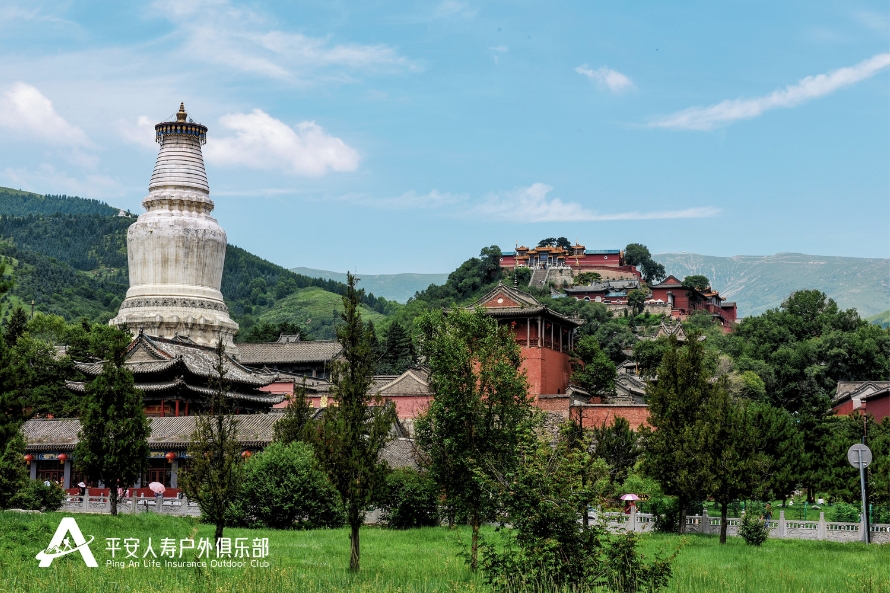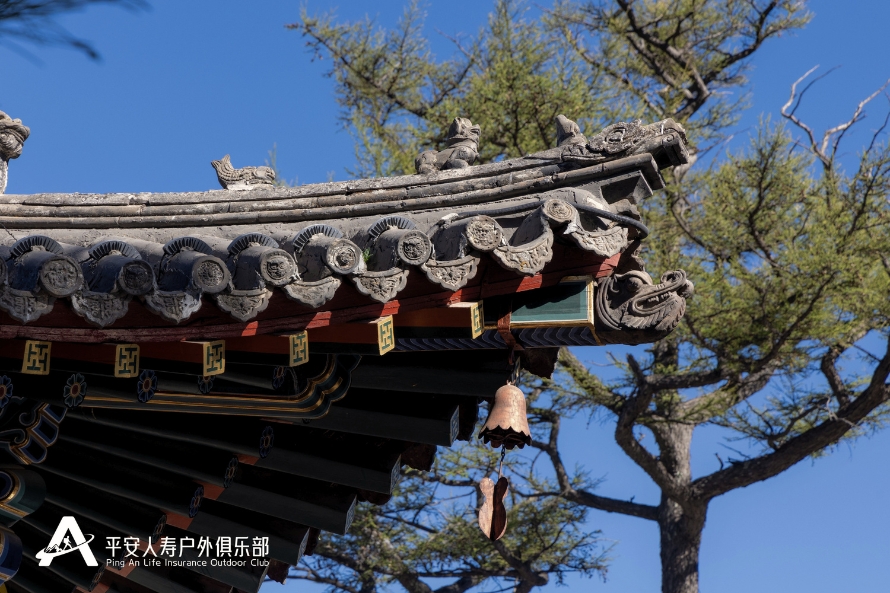Insights, Events and Videos
Mount Wutai, in China’s northeastern Shanxi Province, is a UNESCO World Cultural Landscape and one of China’s Four Sacred Buddhist Mountains. It is home to more than 400 registered ancient trees—trees over 100 years old—including oil pine, spruce, and North China larch. Of those, 118 are national first-class ancient trees, meaning they are over 500 years old. Some are more than a thousand years old. Amid temple bells and chants, these trees stand as silent witnesses to cultural continuity and ecological change.
Living archives of climate and culture
Ancient trees are not only venerable organisms, they are natural yearbooks. Tree‑ring width, density, and stable isotope composition provide a record of temperature, precipitation, and extreme events. Bark and leaves track the accumulation of heavy metals and airborne pollutants, tracing shifts in air quality. Root uptake patterns signal soil chemistry and contamination. Even fungal galleries and insect scars preserved in rings and bark illuminate past biological interactions. As material carriers of Wutai’s Buddhist heritage, these trees have long hosted incense offerings and wish‑tying rituals that bind people to place.
Mounting pressures—and a full‑chain response
Longevity brings vulnerability. Many old trees have leaning trunks, internal cavities, and root rot that can appear minor until extreme weather or pest outbreaks turn them into fatal weaknesses. Safeguarding these “green living fossils” requires prevention, rapid response, and restoration efforts.
Through Ping An’s recent Ancient Tree Guardian Action, we provide protection and restoration insurance for 419 ancient and notable trees in Wutai Mountain National Forest Park. This full‑chain model—pre‑disaster prevention, in‑disaster emergency response, and post‑disaster compensation—reduces losses from natural hazards and speeds recovery.
To strengthen systemic protection, Ping An and the China Rural Development Association have formed an Ancient Tree Guardian Expert Group. Collaborating with arborists, urban forestry specialists, and heritage‑tree conservationists, the team conducts tree health assessments, designs site‑specific interventions, and establishes long‑term stewardship plans.
A platform for tree conservation
In 2024, Ping An launched the “Insure Ancient Trees” initiative to normalize conservation finance for heritage trees nationwide. So far, the program has delivered more than 41.8 million USD in risk protection to over 20,000 ancient and notable trees across China. National momentum is building: China’s census counts 5,081,900 ancient and famous trees, including 68,200 that are at least 500 years old. On March 15, 2025, the country’s first Regulation on the Protection of Ancient and Famous Trees took effect, strengthening the legal foundation and encouraging broader participation in conservation finance.
Technology‑enabled protection
Protecting ancient trees increasingly relies on modern diagnostics and remote sensing that reveal what the eye cannot see—enabling targeted, minimally invasive care and smarter risk management.
- Stress wave velocity analysis (sonic tomography) of the trees detects internal hollows and structural defects, informing decisions on measures such as cabling, bracing, crown load reduction, and access control.
- Ground‑penetrating radar maps root systems beneath pavements and compacted soils, guiding precise decompaction, aeration, and soil improvement, without harming roots.
- In high altitude or hard‑to‑reach areas, coordinated remote-sensing light detection and ranging (LiDAR) to measure distances, and drone surveys, capture canopy structure, lean, and fuel loads, flagging latent hazards. This enables experts to prioritize preventive maintenance before storms.
Finance for a greener future
Ancient‑tree conservation is one strand of Ping An’s broader green finance strategy in support of China’s dual-carbon goals. As of December 31, 2024, the green investment scale of Ping An’s insurance funds reached RMB124.71 billion, providing capital to low‑carbon and nature‑positive industries and helping turn sustainability from principle into practice.
Read more about Ping An's green finance strategy.


